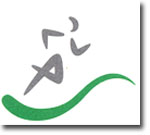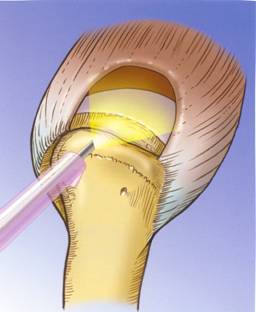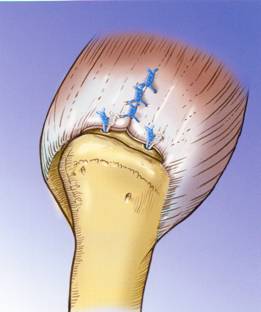


The rotator cuff is a group of four muscles that surround the ball of the shoulder (humeral head) and originate at the shoulder blade (scapula). The muscles attach to the bone via tendons. The rotator cuff helps hold the head of the humerus down in the shoulder socket during shoulder motions such as reaching to the side or overhead. The rotator cuff is also useful in maintaining stability of the shoulder joint.
The rotator cuff may tear as a result of a direct blow or injury to the shoulder, strain from sudden increase in activity or intensity of use, bone spur off the acromium (roof of the shoulder joint), or aging and degeneration of the rotator cuff tendons.
Some rotator cuff injuries can be prevented with a rotator cuff strengthening program . However, rotator cuff tears after a sudden injury such as a fall on an outstretched arm are not something that can be prevented with exercise alone.
Symptoms may include: pain that increases with function of the shoulder, aching of the shoulder when it is not in use, night pain, weakness, and limited range of motion.
For a partial rotator cuff tear pain free exercise and strengthening exercises are recommended. Injection of anti-inflammatory medication (cortisone) can help promote healing in more severe injuries. Partial rotator cuff tears that fail to heal spontaneously may require arthroscopic surgery to debride the tendons and promote healing.
For a complete rotator cuff tear surgery is recommended. Surgery for a complete tear is most successful during the first few months after the injury, as when the muscle is completely torn the muscle retracts back. See Figure 1. Over time, the retracted muscle tends to scar in place and becomes less pliable making it more difficult to surgically pull back into place and reattach to the humeral head. Studies have shown that over extended periods of time unrepaired torn rotator cuff muscle turns into fatty tissue. The reason for this is unknown.
During the surgical repair the muscle is pulled back in to place using suture and anchored into the bone using bioabsorbable anchors.
Please watch the Explanation-Video of Rotator Cuff Tear surgery.
Please watch the Video of an actual Rotator Cuff Tear surgery.
See Figure 2 and 3.

After surgery, for the first 3-6 weeks after the surgery patients will be wearing a sling. Usually after the first four weeks patients are encouraged to start with pain free motion of the shoulder joint, and after a few more weeks strengthening exercises are introduced.
Physical therapy is usually helpful and begins soon after the initial healing has occurred.
Full unrestricted activities are usually allowed 3-6 months after complete rotator cuff repairs following successful rehabilitation.

Patients should be able to fully rehabilitate from this injury with stretching, strengthening and activity modifications. Physical therapy can help if patients are unable to rehabilitate on their own.